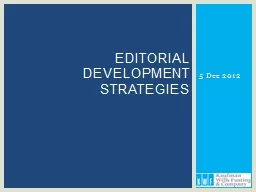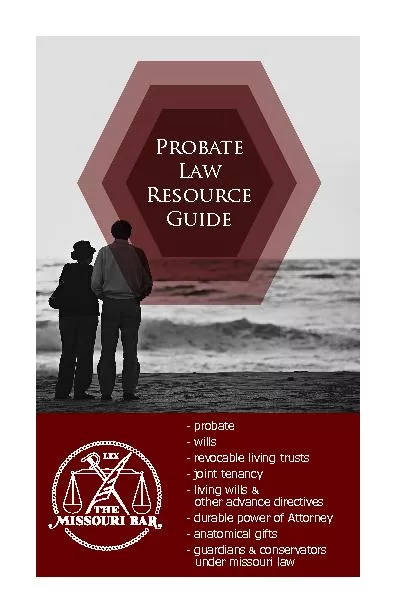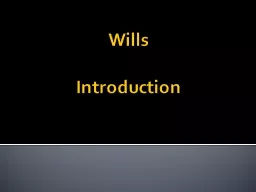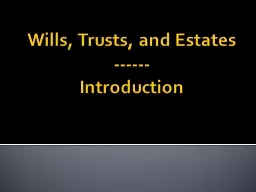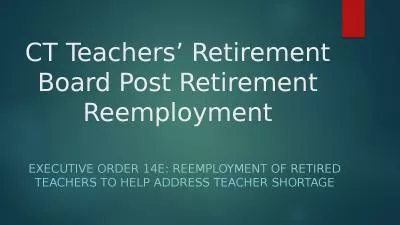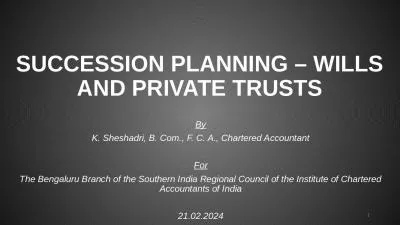PPT-Chapter 36 Retirement and Wills
Author : kittie-lecroy | Published Date : 2019-02-27
361 Retirement Income Public Pension Plans The federal government administers social security railroad pensions military pensions and civil service pensions Social
Presentation Embed Code
Download Presentation
Download Presentation The PPT/PDF document "Chapter 36 Retirement and Wills" is the property of its rightful owner. Permission is granted to download and print the materials on this website for personal, non-commercial use only, and to display it on your personal computer provided you do not modify the materials and that you retain all copyright notices contained in the materials. By downloading content from our website, you accept the terms of this agreement.
Chapter 36 Retirement and Wills: Transcript
Download Rules Of Document
"Chapter 36 Retirement and Wills"The content belongs to its owner. You may download and print it for personal use, without modification, and keep all copyright notices. By downloading, you agree to these terms.
Related Documents



